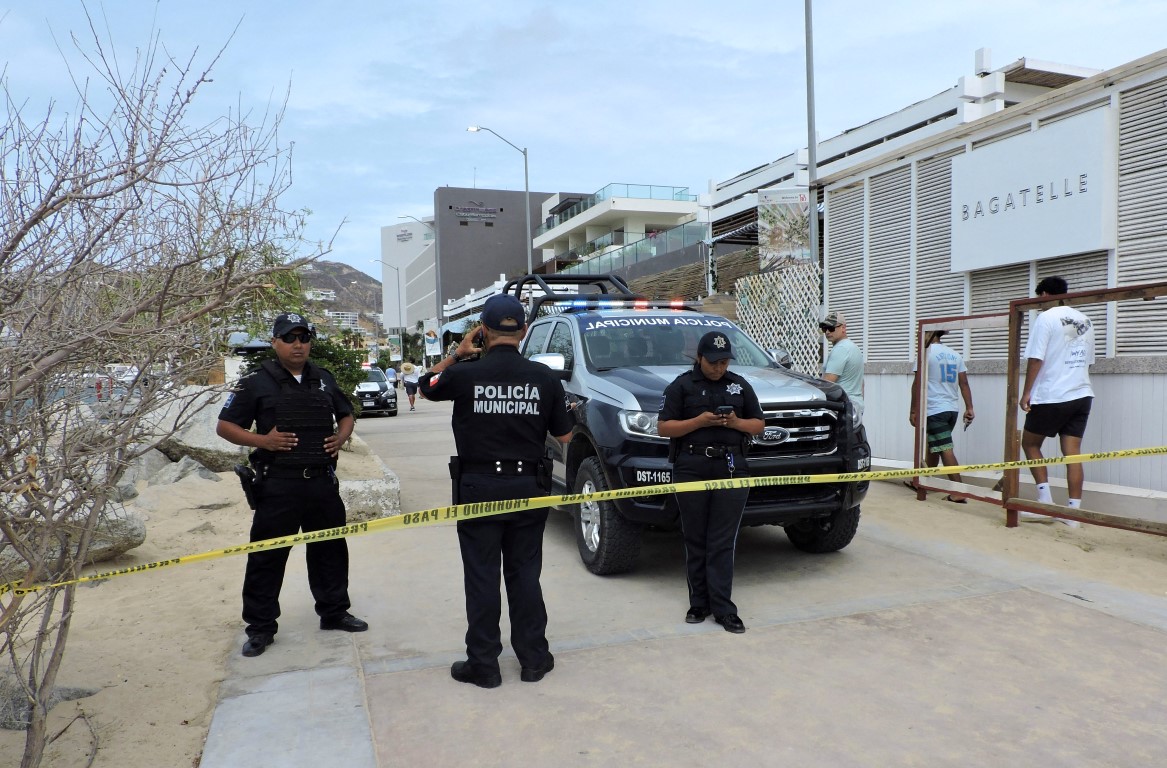
The National Hurricane Center (NHC) expects the powerful storm to near Mexico's popular Cabo San Lucas resort city by late on Friday (local time), though it should weaken before hitting the US West Coast this weekend, nevertheless bringing dangerous rains.
"Life-threatening and potentially catastrophic flooding are likely over much of Baja California and Southern California this weekend and early next week," the Miami-based agency said in its latest advisory.
NHC Deputy Director Jamie Rhome warned of flood risks from San Diego to Los Angeles and Las Vegas, with particularly high risks around the Palm Springs area as the storm hits at the end the weekend.
"If you've got weekend plans, it's probably time to start altering those plans," he said.
Major League Baseball rescheduled a trio of Sunday games in Southern California, citing the storm forecasts.
Although cold waters off California's coastline usually weaken hurricanes and tropical storms, Rhome said "this system is expected to hold onto to its strength because it will be moving fast."
Hilary was moving west-northwest at nearly 12 miles per hour (19kmh), packing maximum sustained winds of nearly 215kmh, after being upgraded to a Category 4 overnight, it said.
Rhome said California and southern Nevada faced risks from severe flooding caused by up to 25.4cm of rainfall, while the agency warned a storm surge could cause coastal flooding and destructive waves along Mexico's Baja California peninsula.
Hilary's heavy rainfall is expected to hit California, Nevada and neighbouring Arizona following a record-breaking summer heat wave.
Phoenix, Arizona, endured a month-long stretch of temperatures exceeding 43°C throughout July, according to the National Weather Service, trapped under "heat dome" of stagnant air.
In California's Death Valley desert, temperatures hit 53C in mid-July, among the highest temperatures recorded on Earth in the past 90 years, while tens of millions of Americans were put under heat alerts.












